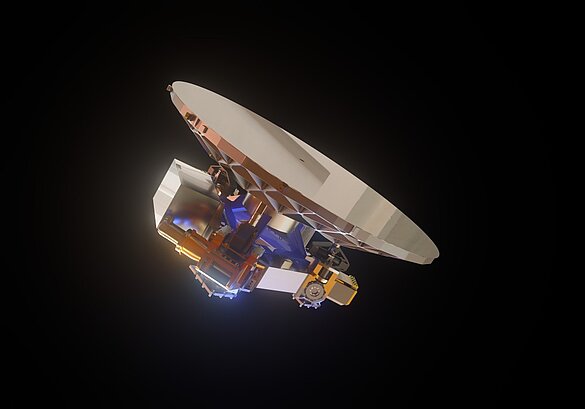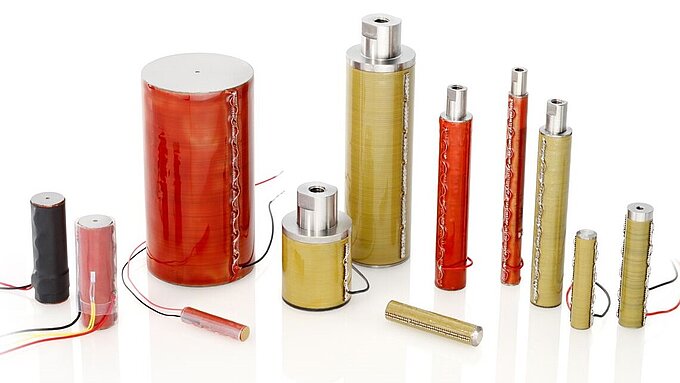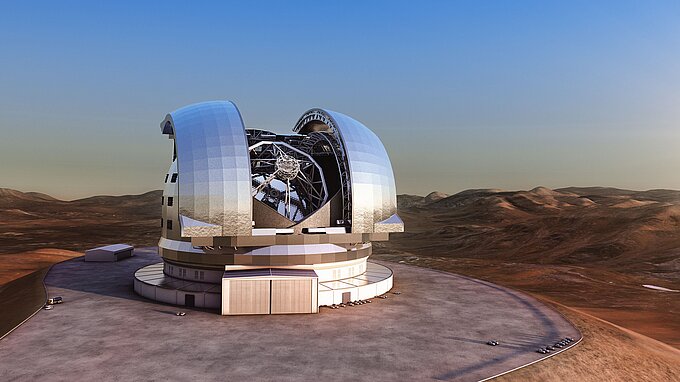In the depths of space, there are many mostly undiscovered celestial bodies, planets, stars, and galaxies – Worlds that are totally alien to us human beings. To explore these, the European Southern Observatory (ESO) is currently developing the Extremely Large Telescope (ELT), which will be the world's largest telescope. With its main mirror measuring almost 40 meters, the ELT outclasses all existing telescopes so far. Its location could not be better: On the Cerro Armazones mountain in the Atacama Desert in Chile, where there are 350 cloudless nights per year. If everything goes according to plan, the telescope will see its first light in 2027.
World's Biggest Eye on the Sky

The ELT, also known as the "World's Biggest Eye on the Sky", contains a ground-breaking optical system consisting of a total of five mirrors. Each of these mirrors is a technical masterpiece. The M1 main mirror, with a diameter of 30 meters, is a hollow mirror consisting of 798 individual segments. For the high-precision storage and alignment of these segments, PI provides more than 2,000 actuators that are based on a hybrid drive principle, which consists of a motor spindle drive and a piezo actuator. The individual segments collect the light from the night sky and reflect it to the M2 secondary mirror. In turn, this mirror, which hangs above the main mirror and has a diameter of 4.2 meters, directs the light in a bundled form to the M3 tertiary mirror. The M3 is a module made up of three curved half mirrors, enabling the night sky to be imaged in a quality never seen before. From here, the light is transferred to an M4 flat adaptive mirror. To balance out distortions caused by turbulences in the atmosphere, this mirror can change its shape up to 1,000 times per second.
Piezo-Based High-Voltage Actuators in the ELT’s Smallest Mirror
With a diameter of two meters, the M5 mirror is the smallest mirror in the system, however, it is also the best-known tip/tilt mirror in the world. It can compensate for any disturbances, ensuring a high imaging quality and a precise image.
For the ELT, a Spanish PI Ceramic customer develops and produces the image stabilization system for the M5 mirror. This uses eleven PICA stack actuators from PI Ceramic. These are integrated in a frame to make a so-called tip-tilt stage so that, in its basic state, there is a tilt of 37.25°.

Pushing the Boundaries of What Is Possible – This is what drives us on. Development of the world's largest telescope ELT follows the same motto. With our high-voltage actuators, we look forward to pushing the boundaries of what is possible in the universe.
Dr. Daniel Jakobsen, Technical Sales Engineer at PI Ceramic
From 2027, thanks to the ELT, it will be possible to image previously hidden and hardly investigated celestial bodies with a precision and resolution never seen before. The actuators from PI Ceramic, with a diameter of 56 millimeters and a deflection that can be set with a precision in the subnanometer range, contribute to this breakthrough. Their stacked design makes them very robust and reliable, and therefore ideal for use in special environmental conditions.



